Uses Of Dasheen Plants: Learn About Growing Dasheen Taro Plants
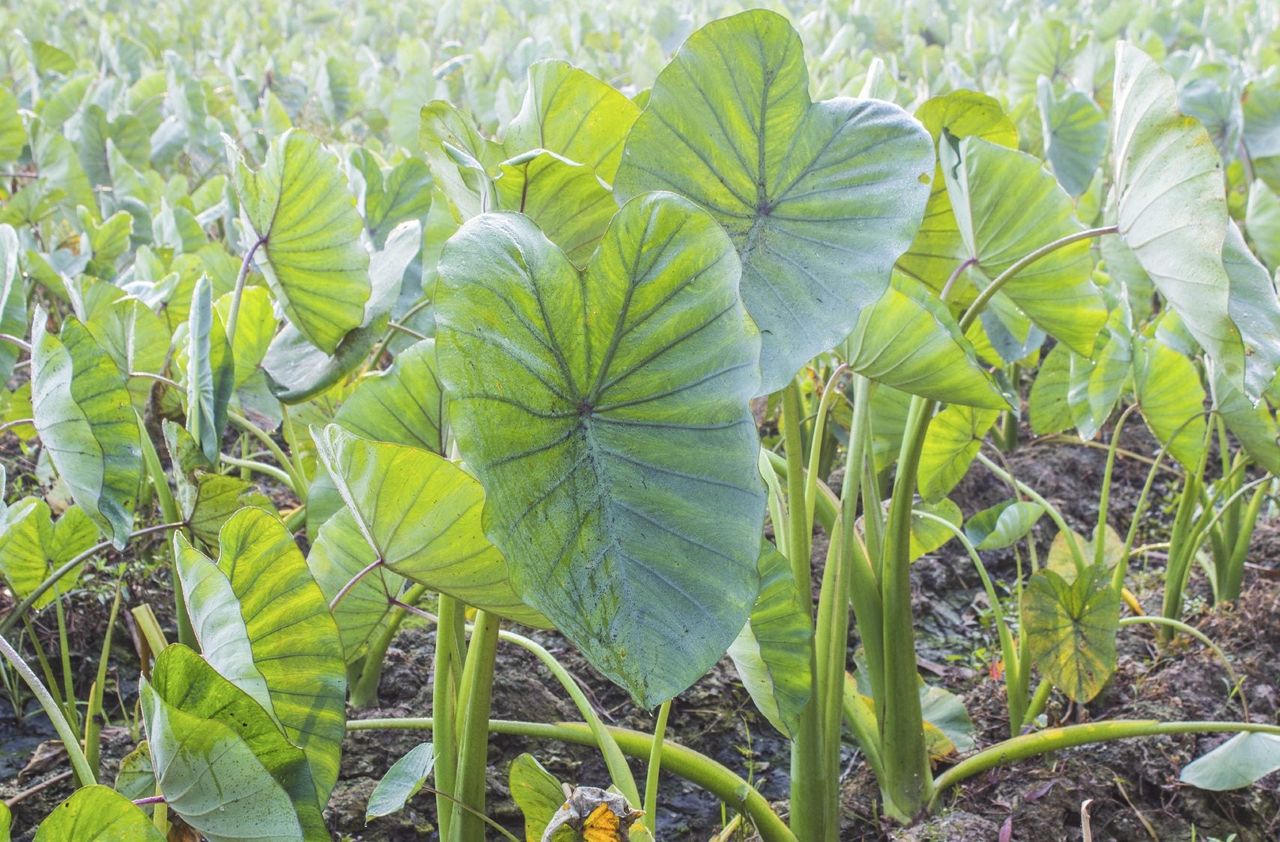
If you have been to the West Indies, or Florida for that matter, you may have encountered something called dasheen. You probably have already heard of dasheen, just with a different name: taro. Read on for additional interesting dasheen plant info, including what is dasheen good for and how to grow dasheen.
Dasheen Plant Info
Dasheen (Colocasia esculenta), as mentioned, is a type of taro. Taro plants fall into two main camps. The wetland taros, which you may have encountered on a trip to Hawaii in the form of Polynesian poi, and the upland taros, or dasheens, which produce a multitude of eddos (another name for taro) that are used like potatoes and an edible mammy. Growing dasheen plants are often called “elephant ears” due to the shape and size of the plant leaves. Dasheen is a wetland, herbaceous perennial with huge heart-shaped leaves, 2 to 3 feet (61-91.5 cm.) long and 1 to 2 feet (30.5-61 cm.) across on 3 foot (91.5 cm.) long petioles that radiate out from an upright tuberous rootstock or corm. Its petioles are thick and meaty. The corm, or mammy, is roughly ridged and weighs around 1 to 2 pounds (0.5-1 kg.) but sometimes as much as 8 pounds (4 kg.)! Smaller tubers are produced off the sides of the main corm and are called eddos. The skin of dasheen is brown, and the interior flesh is white to pink. So, what is dasheen good for?
Uses of Dasheen
Taro has been cultivated for more than 6,000 years. In China, Japan, and the West Indies, taro is widely cultivated as an important food crop. As an edible, dasheen is grown for its corms and the lateral tubers or eddos. The corms and tubers are used just as you would a potato. They can be roasted, fried, boiled, sliced, mashed, or grated. The mature leaves can be eaten as well, but they need to be cooked in a specific manner to remove the oxalic acid they contain. Young leaves are often used and cooked much like spinach. Sometimes when growing dasheen, the corms are forced in darkened conditions to produce blanched tender shoots that taste akin to mushrooms. Callaloo (calalou) is a Caribbean dish varying slightly from island to island, but often featuring dasheen leaves and was made famous by Bill Cosby on his sitcom. Poi is made from fermented taro starch garnered from wetland taro.
How to Grow Dasheen
Another use of dasheen is as an attractive specimen for the landscape. Dasheen can be grown in USDA zones 8 to 11 and should be planted as soon as all danger of frost has passed. It grows through the summer and matures in October and November; at which time the tubers can be dug up. Dasheen tubers are planted whole at a depth of 3 inches (7.5 cm.) and spaced 2 feet (61 cm.) apart in 4-foot (1 m.) rows for cultivation. Fertilize with garden fertilizer or work in a good amount of compost into the soil. Taro also does well as a container plant and along or even in water features. Taro grows best in slightly acidic, moist to wet soil, and in shade to part shade. The plant is a rapid grower and will spread vegetatively if left unchecked. In other words, it can become a pest, so consider carefully where you wish to plant it. Taro is native to swampy areas of tropical southeastern Asia and, as such, likes wet “feet.” That said, during its dormant period, keep the tubers dry, if possible.
Gardening tips, videos, info and more delivered right to your inbox!
Sign up for the Gardening Know How newsletter today and receive a free copy of our e-book "How to Grow Delicious Tomatoes".

Amy Grant has been gardening for 30 years and writing for 15. A professional chef and caterer, Amy's area of expertise is culinary gardening.
-
 Best Tomatoes For Containers: 10 Tastiest Varieties For Plentiful Produce In Compact Areas
Best Tomatoes For Containers: 10 Tastiest Varieties For Plentiful Produce In Compact AreasThese are the best tomatoes for containers that prove you don't need to have a large space or elaborate garden to grow delicious produce.
By Bonnie L. Grant
-
 Ultimate Potted Flowers For Spring: 8 Brilliant Blooming Options for Spring Containers
Ultimate Potted Flowers For Spring: 8 Brilliant Blooming Options for Spring ContainersCelebrate the most uplifting of seasons with the most dazzling container flowers imaginable. Here, we present some of the loveliest potted flowers for spring…
By Tonya Barnett
-
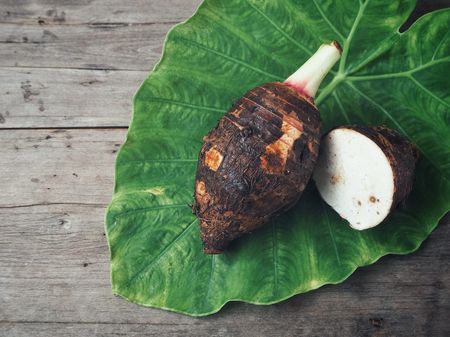 Can You Grow Taro In A Pot – Container Grown Taro Care Guide
Can You Grow Taro In A Pot – Container Grown Taro Care GuideTaro is a water plant, but you don’t need a pond or wetlands in your backyard to grow it. You can successfully grow taro in containers if you do it right. Click here and learn how to grow this plant in containers so you can enjoy the pretty tropical wherever you are.
By Mary Ellen Ellis
-
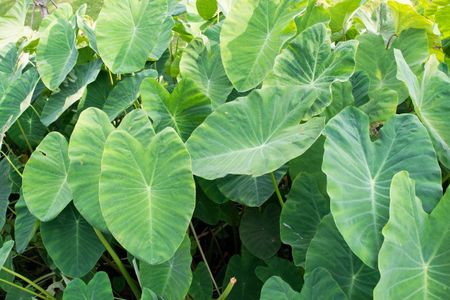 Elephant Ear Plant Disease In Gardens: How To Treat Sick Elephant Ears
Elephant Ear Plant Disease In Gardens: How To Treat Sick Elephant EarsElephant ears are often grown for their huge, robust foliage. The leaves are prone to several diseases which mar this ornamental appeal. There are also diseases that can cause crown and root rot. If your plant has disease symptoms, this article can help.
By Bonnie L. Grant
-
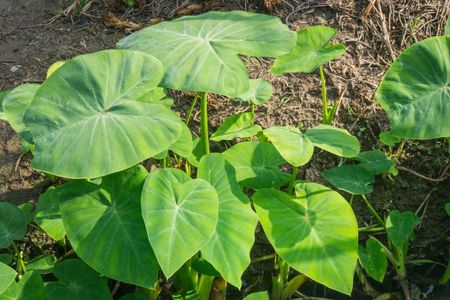 Elephant Ear Control – Ridding The Garden Of Unwanted Elephant Ear Plants
Elephant Ear Control – Ridding The Garden Of Unwanted Elephant Ear PlantsElephant ear plants are most often grown in cooler climates as an annual where they do not become a problem. However, in hot, humid, tropical locations, one little elephant ear plant can all too quickly become a mass of them. How do you get rid of elephant ears? Find out here.
By Darcy Larum
-
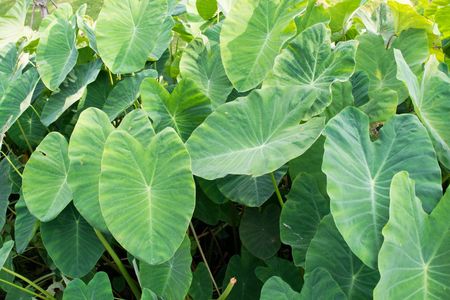 Dividing Elephant Ears: How And When To Divide Elephant Ears
Dividing Elephant Ears: How And When To Divide Elephant EarsElephant ear division is useful to prevent overcrowding, produce more plants in a different location, and enhance plant health. It is important to know when to divide elephant ears to avoid plant injury or poor performance. This article will help.
By Bonnie L. Grant
-
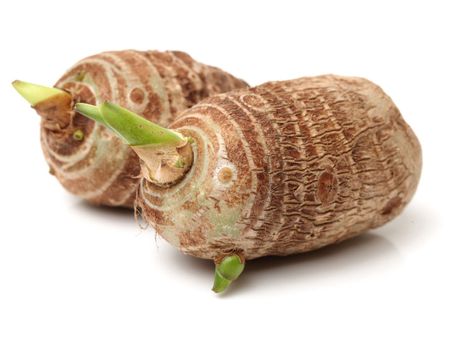 Growing Taro For Food: How To Grow And Harvest Taro Root
Growing Taro For Food: How To Grow And Harvest Taro RootAnother healthier option to the standard potato chip would be growing and harvesting your own taro roots and then turning them into chips. Want to find out how to grow and harvest taro in your own garden? This article will help get you started.
By Amy Grant
-
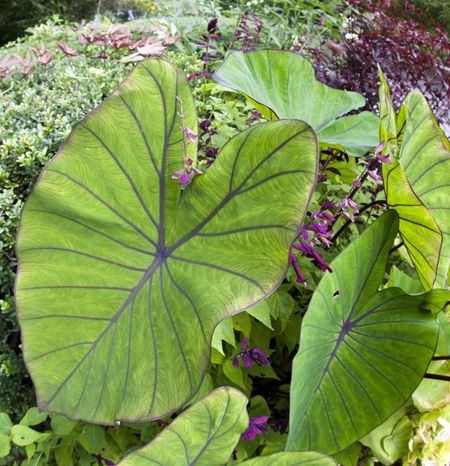 Elephant Ear Plant Types: Learn About Common Elephant Ear Plants
Elephant Ear Plant Types: Learn About Common Elephant Ear PlantsElephant ears are one of those plants whose foliage receives double takes and oohs and aahs. There are different elephant ear plants in four genera available for growing in your landscape. Learn more about them in this article.
By Bonnie L. Grant
-
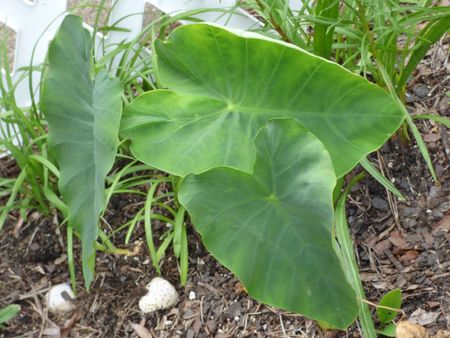 Elephant Ear Problems: What To Do With Elephant Ears Taking Over Garden
Elephant Ear Problems: What To Do With Elephant Ears Taking Over GardenDo elephant ears affect nearby plants? There are no allelopathic properties in the corms, but this can be an invasive plant and the excessive size may pose problems for species that live under the giant foliage. Learn more in this article.
By Bonnie L. Grant
-
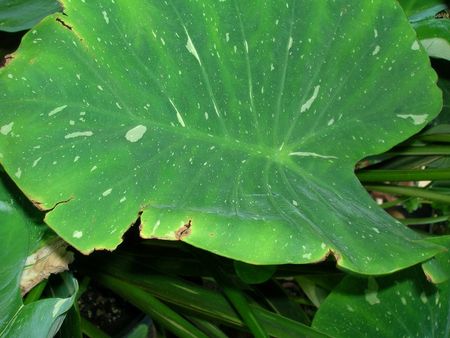 Elephant Ear With Brown Edges: Why Do Elephant Ear Plants Get Brown On Edge
Elephant Ear With Brown Edges: Why Do Elephant Ear Plants Get Brown On EdgeYou can't ask for more visual impact than the large leaved Colocasia, or elephant ear plant. That said, leaf browning on elephant ears is a common complaint. Why do elephant ear plants get brown on edge? Find out in this article.
By Bonnie L. Grant
